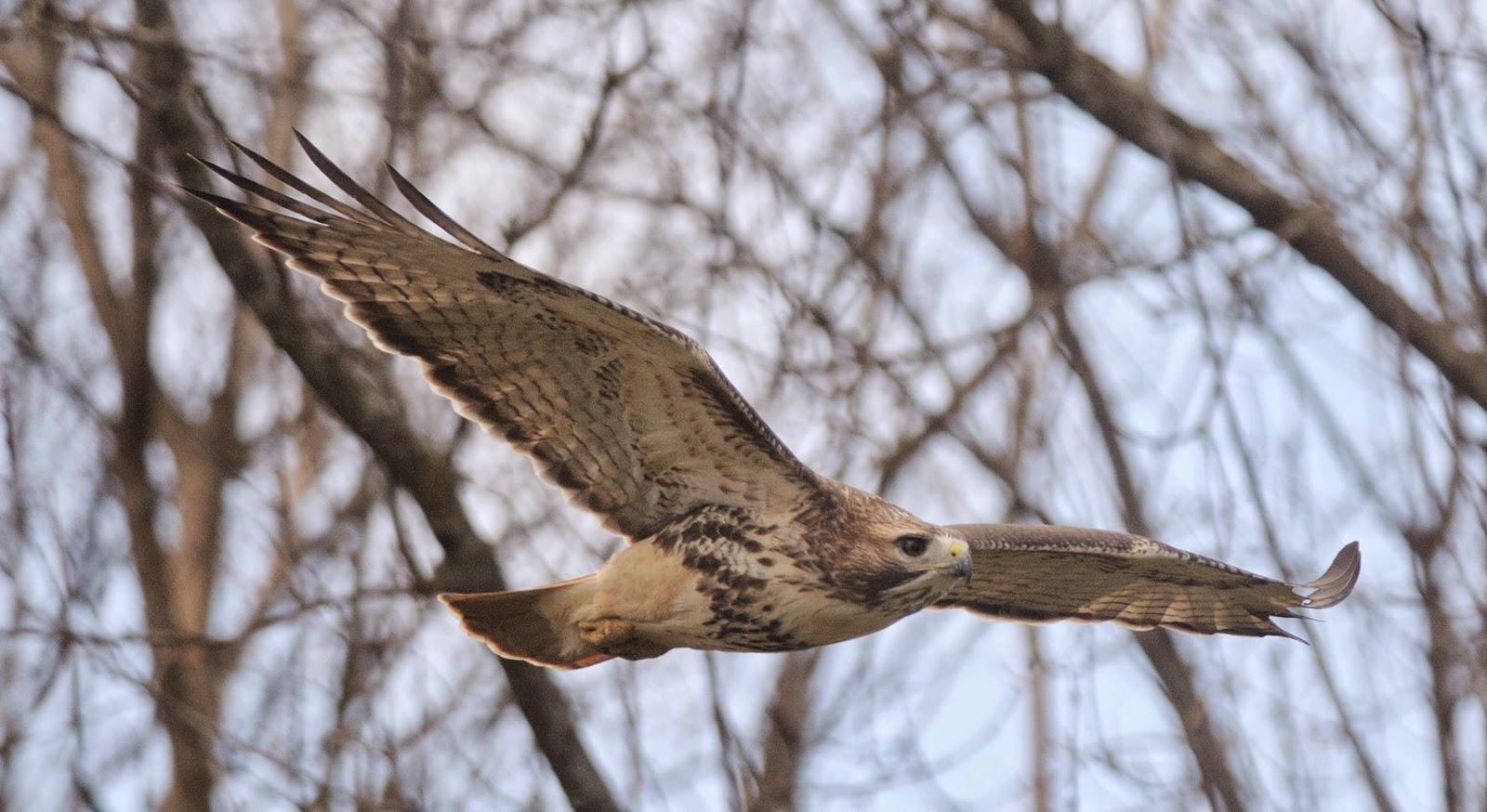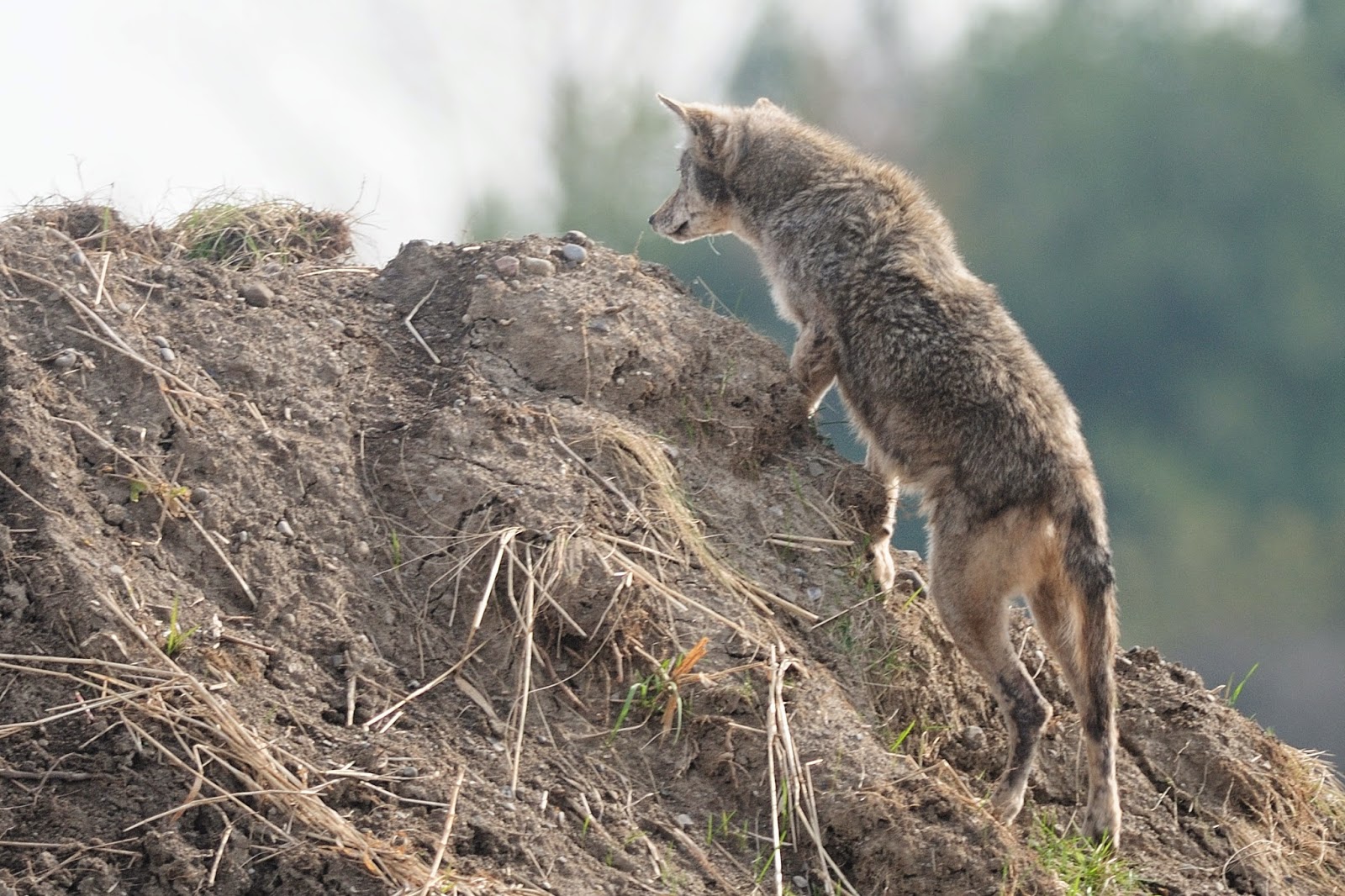 |
| Published by Toronto Ornithological Club and Long Point Bird Observatory Written by Lise Anglin |
Growing up, we frequently heard fond references to our "Uncle Jim", an uncle through marriage, on our Grandfather's side. We knew Uncle Jim worked at the ROM doing something exciting with birds (we never really knew what), that he was the one that gave our Grandparents the two bird statues that were always displayed in their living room, and that our parents always spoke of him with great affection.
Fast forward to many years later and I now know that James L. Baillie was a fascinating man who shared my passion for birds (but far surpassed me in the skills department). One of the only things I have in my possession that belonged to my Grandfather (on loan from Mom, and I'm hoping she forgets I have this!) is a book written about Jim Baillie, called "Birder Extraordinaire, The Life and Legacy of James L. Baillie", by Lise Anglin and published by the Toronto Ornithological Club and Long Point Bird Observatory.
It is fascinating to see how much, and how little, has changed in the birding community in the last 50 years.
Many of the birding spots frequented by myself or birding friends today are referenced, including High Park, Mount Forest Cemetery, Ashbridges Bay and Cranberry Marsh (referred to then as LeVay`s Marsh). A Northern Shrike is nicknamed a Butcher Bird (I hadn't heard that reference before); and while bird photography wasn't big back then, there is reference to a debate between "Collectors vs Non Collectors" which reminds me of the ongoing battle between Baiters and those who oppose this practice (myself included). The competitive nature of some birders today existed back then as well.
Perhaps what has changed most is the prevelance, and acceptance, of birding today. I loved this excerpt from the author on Page 23:
"Although birdwatching has gained acceptability as a hobby over the past decade or two, there has long been a certain stereotype of the birdwatcher as a hair-netted spinster in woolens and sensible shoes who probably talks to her plants at night and subsists on Ovaltine. One individual who became keen on birds in the 1940s reported a reaction to the news that he spent his spare time watching birds, as follows, "And he a grown man! Imagine!". Others who have since come out of the closet tell tales of hiding their binoculars much as an alcoholic might hide his desk-drawer bottle, or covering their field guides with the tiel of some best seller".And I especially loved this journal entry by Jim, from Field Journal 3, April 23, 1922, concerning a walk by the Humber River:
"At this point I laid [sic] down on the grass for a rest and as I watched the glistening blue of the tree swallows as they skimmed over the water and as I listened to the harsh rattle of the kingfisher as it shot passed [sic] me, I was well pleased with life, and did not like to get up and continue my walk".
I'm sure most birders can relate to moments like that.
It's been great flipping through the pages of this book, and I often wish I could go birding with "Uncle Jim" now - I can only imagine what I would learn.



















































